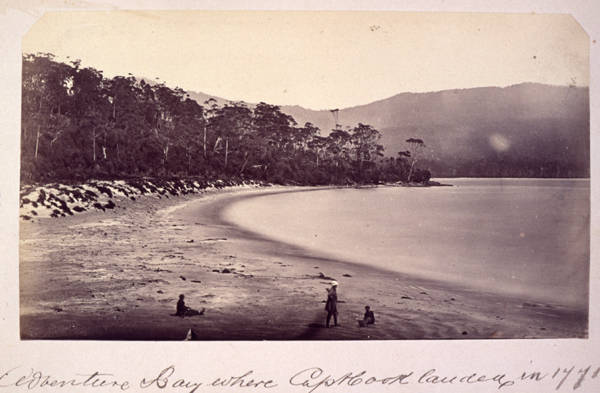 |
 |
|
Bruny Island
Bruny Island figured prominently in the early exploration of the southern seas, and was partially charted by Tasman in 1642. It was inhabited by the Nuenonne band of the South East tribe of Aborigines. Mangana, father of Truganini, was the chief when Furneaux visited in 1773 and Cook in 1777. William Bligh planted the first Tasmanian apple tree and grapevine, calling into Adventure Bay four times. The French explorer Bruny d'Entrecasteaux, after whom the island is named, called between 1792–93. Early settlement commenced with Captain James Kelly's grant of land on North Bruny in 1818, followed closely by shore-based whaling stations in the 1820s. Convict labour was used to establish a pilot station at Variety Bay from 1831, and subsequently in 1846 to build St Peter's church in the same area. Convicts also helped construct the Cape Bruny Lighthouse in 1836. Land was cleared to establish sheep and cattle farms; fruit orchards flourished; sawmills supplied timber as far afield as Europe; a sandstone quarry provided stone for buildings such as the Melbourne Post Office. A coal mine was operating in the late 1880s and oil explorations were carried out in 1915 and the 1930s. For over a hundred years trading ketches and steamers travelling from Hobart, calling at one or other of the forty-odd jetties around the island, were the main means of contact with the outside world, until the vehicular ferry was established in 1954. The construction of the north-south road along the isthmus was completed in 1950. Previously the Neck beach at low tide was used as a road. Further reading: History Room at Alonnah, Bruny Island; F Gray, Recollections of north Bruny Island and Further recollections of north Bruny Island, Hobart, 1978, 198; R Pybus, South Bruny Island, Hobart, 1988. Bev Davis
|
Copyright 2006, Centre for Tasmanian Historical Studies |
